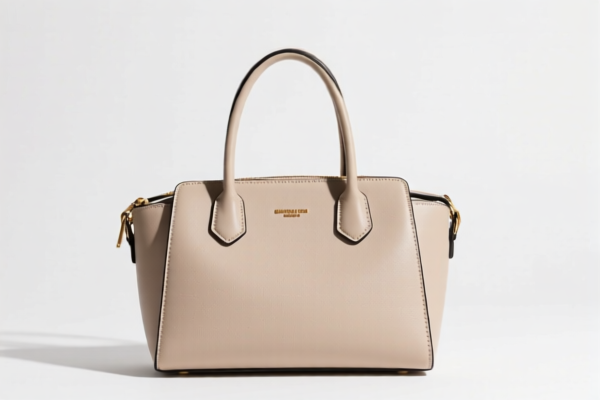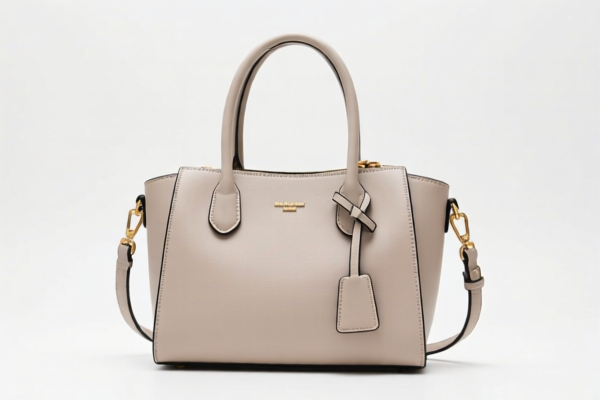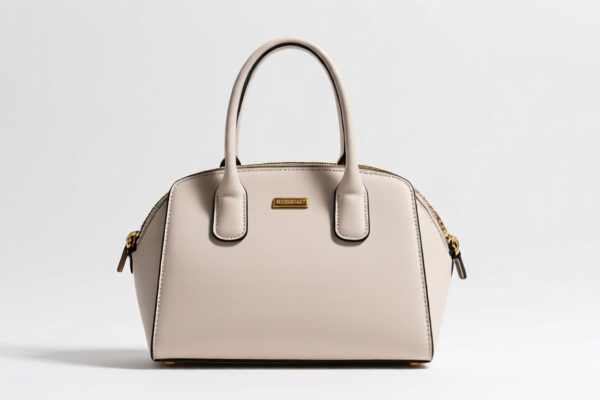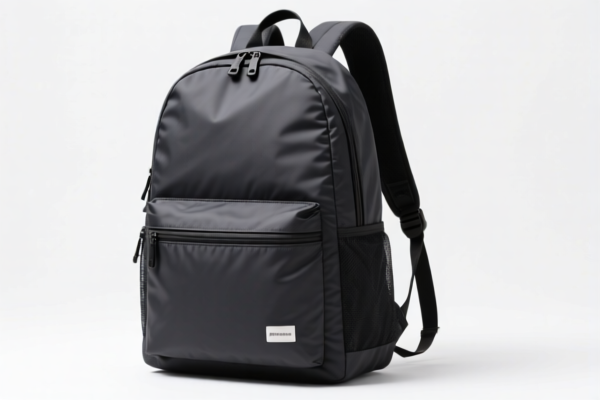| HS Code | Official Doc | Tariff Rate | Origin | Destination | Effective Date |
|---|---|---|---|---|---|
| 4202923120 | Doc | 72.6% | CN | US | 2025-05-12 |
| 4202924500 | Doc | 75.0% | CN | US | 2025-05-12 |
| 4203406000 | Doc | 55.0% | CN | US | 2025-05-12 |
| 6305900000 | Doc | 43.7% | CN | US | 2025-05-12 |
| 6305390000 | Doc | 45.9% | CN | US | 2025-05-12 |
| 6306905000 | Doc | 34.5% | CN | US | 2025-05-12 |
| 6306901000 | Doc | 33.5% | CN | US | 2025-05-12 |
| 3926903300 | Doc | 36.5% | CN | US | 2025-05-12 |
| 3926909989 | Doc | 42.8% | CN | US | 2025-05-12 |
| 3923900080 | Doc | 58.0% | CN | US | 2025-05-12 |
| 9620005000 | Doc | 60.3% | CN | US | 2025-05-12 |
| 9620006500 | Doc | 57.9% | CN | US | 2025-05-12 |
| 9617006000 | Doc | 37.2% | CN | US | 2025-05-12 |
| 6114909070 | Doc | 35.6% | CN | US | 2025-05-12 |
| 6114901060 | Doc | 38.4% | CN | US | 2025-05-12 |




Lightweight Hydration Backpack
A lightweight hydration backpack is a specialized backpack designed to carry water and essential gear for activities where hands-free hydration is beneficial. These packs prioritize minimal weight and streamlined design for comfort and efficiency.
Material
- Fabric: Typically constructed from durable, water-resistant nylon or polyester. Ripstop fabrics are common to prevent tearing. Higher-end models may utilize Cordura for increased abrasion resistance.
- Back Panel: Often features breathable mesh padding (e.g., AirScape, AirSpeed) to promote ventilation and reduce sweating. Some packs include molded foam panels for enhanced comfort and support.
- Hydration Reservoir: Constructed from BPA-free TPU (thermoplastic polyurethane) or PEVA (polyethylene vinyl acetate) materials.
- Tubing: Usually made of durable, food-grade plastic.
Purpose
The primary purpose is to provide convenient hydration during physical activity without the need to stop and access water bottles. They are favored in activities where carrying bottles is impractical or undesirable.
Function
- Hydration: A reservoir (typically ranging from 1.5 to 3 liters) stores water. A drinking tube allows the user to sip water hands-free while in motion.
- Cargo Capacity: Offers a small to medium volume of storage (typically 5-20 liters) for essential items like snacks, tools, extra layers, first-aid supplies, and electronics.
- Weight Distribution: Designed to distribute the weight of the water and cargo evenly across the back and shoulders for comfort.
- Stability: Features adjustable straps (shoulder, sternum, waist) to secure the pack and minimize bouncing during movement.
Usage Scenarios
- Running/Trail Running: Popular for long-distance runs where frequent hydration is necessary.
- Hiking/Backpacking: Suitable for day hikes or shorter backpacking trips.
- Cycling/Mountain Biking: Allows cyclists to stay hydrated without taking their hands off the handlebars.
- Rock Climbing: Provides a convenient way to carry water while climbing.
- Skiing/Snowboarding: Offers hydration during winter sports.
Common Types
- Minimalist/Race Packs: Very lightweight (under 1 lb) with small reservoirs (1.5-2 liters) and limited storage. Designed for speed and efficiency in racing.
- Standard Hydration Packs: Balance weight, capacity, and features. Typically 1.5-3 liter reservoirs and 5-15 liter storage.
- Tactical Hydration Packs: Durable, rugged packs with MOLLE webbing for attaching accessories. Often used by military personnel and outdoor enthusiasts.
- Waist Packs/Hydration Belts: Smaller packs worn around the waist, ideal for shorter activities or carrying less water.
- Multi-Sport Packs: Designed to accommodate various activities with adjustable features and versatile storage options.
Lightweight hydration backpacks are designed for carrying water and other essentials while remaining lightweight, typically used during activities like hiking, running, or cycling. They are generally constructed from textile materials or plastics and may include features like insulated compartments.
Here are relevant HS codes based on the provided reference material:
- 4202923120: This HS code falls under Chapter 42, which covers articles of leather or of composition leather, of sheeting of plastics, of textile materials, of vulcanized fiber or paperboard. Specifically, it covers trunks, suitcases, vanity cases, etc., of leather or composition leather, sheeting of plastics, textile materials, etc. The subheading 9231 refers to “Other” bags with an outer surface of sheeting of plastics or textile materials, specifically travel, sports and similar bags made of textile materials. This code is applicable if the backpack is constructed primarily from textile materials. Tax Details: Base tariff: 17.6%, Additional tariff: 25.0%, Post 2025.4.2 Additional tariff: 30.0%, Total tariff: 72.6%.
- 6305900000: This HS code falls under Chapter 63, covering sacks and bags for packing goods, made of other textile materials. This code is applicable if the backpack is constructed from textile materials not specifically covered elsewhere. Tax Details: Base tariff: 6.2%, Additional tariff: 7.5%, Post 2025.4.2 Additional tariff: 30.0%, Total tariff: 43.7%.
- 6305390000: This HS code also falls under Chapter 63, covering sacks and bags for packing goods, specifically made of man-made textile materials. This code is applicable if the backpack is constructed from man-made textile materials. Tax Details: Base tariff: 8.4%, Additional tariff: 7.5%, Post 2025.4.2 Additional tariff: 30.0%, Total tariff: 45.9%.
- 3926903300: This HS code falls under Chapter 39, covering other articles of plastics and articles of other materials. Specifically, it covers handbags made of plastics. This code is applicable if the backpack is constructed primarily from plastic materials. Tax Details: Base tariff: 6.5%, Additional tariff: 0.0%, Post 2025.4.2 Additional tariff: 30.0%, Total tariff: 36.5%.
- 3926909989: This HS code also falls under Chapter 39, covering other articles of plastics and articles of other materials. Specifically, it covers other articles not elsewhere specified. This code may be applicable if the backpack's material composition is complex or doesn't fit neatly into other categories. Tax Details: Base tariff: 5.3%, Additional tariff: 7.5%, Post 2025.4.2 Additional tariff: 30.0%, Total tariff: 42.8%.
It is important to verify the exact material composition of the backpack to determine the most accurate HS code. If the backpack contains insulated components, consider whether these components significantly alter the classification.
Customer Reviews
No reviews yet.